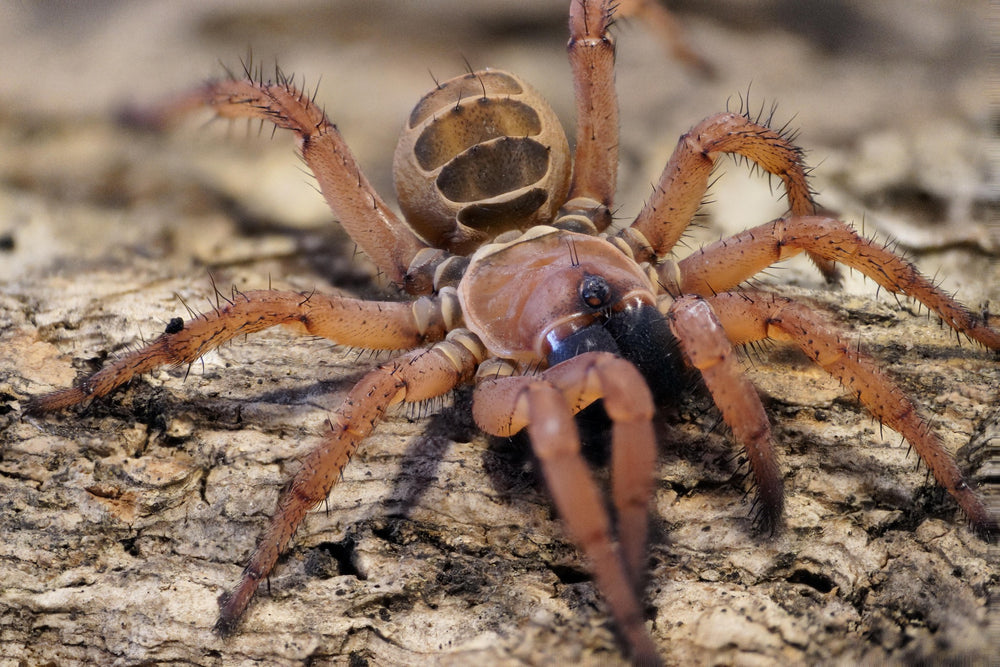
Chilobrachys fimbriatus (Indian Violet) 0.5" (Free on orders $100+)
- Live Arrival Guarantee
- Live Animals Ship FedEx Priority Overnight (Mon-Weds)
- In stock, ready to ship
- Inventory on the way
The Chilobrachys fimbriatus (Indian Violet) is an Old World fossorial species. This is a courageous and defensive tarantula and should be kept by more experienced hobbyists. The abdomen of the Chilobrachys fimbriatus has black horizontal markings that seem to be drawn on with precision. The same dark black can be seen on the femurs.
Species: fimbriatus
Genus: Chilobrachys
Subfamily: Selenocosmiinae
Identified: Pocock, 1889
Common Name: Indian Violet
Origin: India (Old World)
Lifestyle: Fossorial, Obligate Burrower
Max Size: 5"

Info on our shipping policy can be found on our T&C page.



